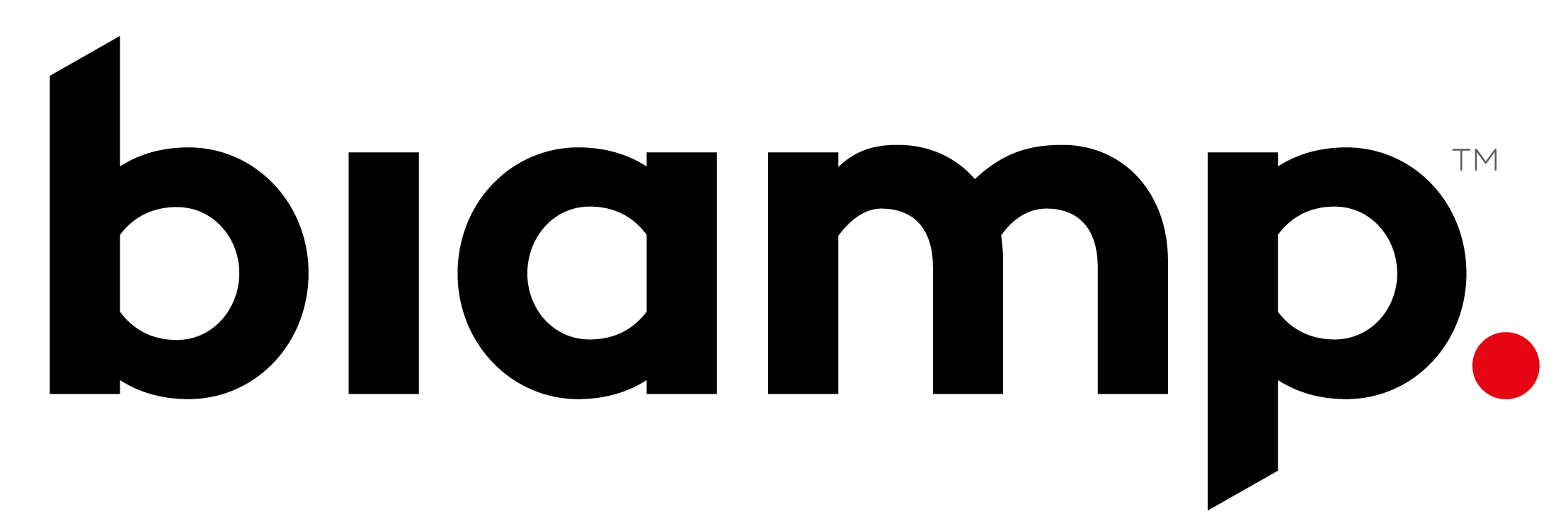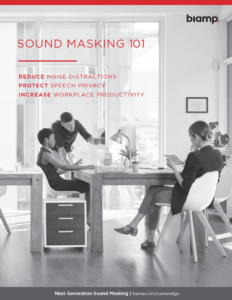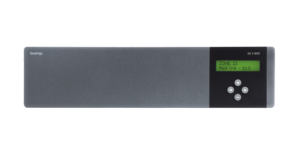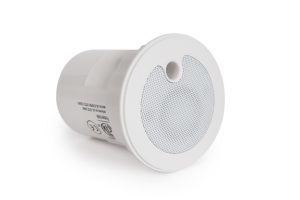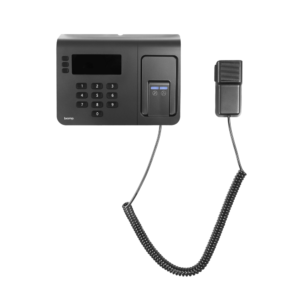So I was browsing Reddit the other day and saw this meme and the substantial number of comments it spawned. The general consensus of the commenters is yes Fry, the whole room can hear you munching on snacks – it’s not just in your head.

As an avid office eater myself, the comments about how often office-food-eating is overheard made me a bit self-conscious, but since we have Sound Masking installed in our office I take solace in the fact that while the people in the cube next to mine can probably hear me crunching on granola bars, at least the person in the cube 15 feet away can’t. Many of the comments suggest that most people in open office spaces are not so lucky.
The commenters diverge off-topic occasionally to topics ranging from intellectual property to Funyons (this is Reddit after all) but when they do go back to discussing the meme, I was pleasantly surprised to see that Sound Masking systems were alluded to numerous times as a way to cut down on the noise, although most commenters didn’t know what the technology was called.
Here’s a sampling of the comments:
- “White noise machines are pretty standard in most office buildings. You might not know you have them. You definitely notice when they’re gone, though.”
- “I work in a 50 floor building and they pump in white noise as well. At 6 PM they turn it off… Along with the ac.”
- “we have pretty loud white noise pumped in through the speakers. When they make an announcement, the white noise goes away for a few seconds, and you realize just how quiet the office is without it.”
(Technically, Sound Masking is not exactly white noise but I will cut the commenters a break.)
The issue the last comment is referring to regarding his paging system shutting the Sound Masking off is similar to a phenomenon we experience here at the office when someone turns off the Sound Masking to do a demo for clients. It goes from sounding comfortably busy-sounding to eerily quiet instantly. This is because Sound Masking works by adding sound into the environment. The sound added is often mistaken for white noise (or HVAC noise) but it’s actually a pleasant, specifically tuned frequency that’s designed to cover up excess noise distractions. As the commenter notes, you don’t really notice Sound Masking until it’s gone, and when it’s gone, noises that typically aren’t distracting in a Sound Masked environment (like chewing) become incredibly noticeable.
We all like the idea of a quiet office, but is that what we really want? Commenter Em_etib writes about his “too quiet” office –
“…we can literally hush-whisper across the room and still hear each other. Like, not the stage, lowered voice whisper, but actually hushing your tones and speaking as quietly as possible. Someone crinkling a bag will create a HUGE noise and distraction. It’s ridiculously, unnaturally quiet.”
Em_etib goes on to discuss how self-conscious he is while eating fruit because he thinks everyone will be able to hear it. He brings up a good point. Offices that are “too quiet” are the ones where you’re most likely to be able to hear people chewing, crunching, and opening potato chip bags. Think of a quiet library. Every smack of gum, every thump of a pencil, every whisper or cough sounds much louder because there’s no background noise to drown those noises out.
As a marketer, communicating this “too quiet” message can be difficult, but I’m happy that Redditors are doing their part to help spread the word. Perhaps someday every office will utilize our “crunch masking” technology…
– Mark Hughes
